
Articles on Botany
Displaying 1 - 20 of 94 articles

This episode explores how colonial history has affected what we plant and who gets to garden. We also discuss practical gardening tips with an eye to Indigenous knowledge.
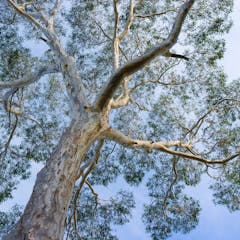
Most of us just take it for granted. But bark is one of the most complex parts of a tree and has many different jobs to do.
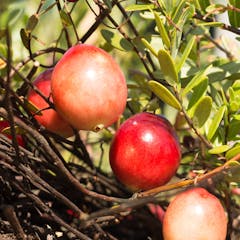
Cranberries add color and acidity to Thanksgiving menus, but they also have many interesting botanical and genetic features.
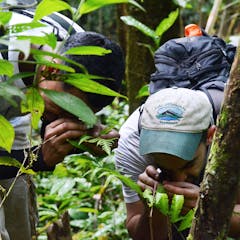
Botanizing is the practice of observing and appreciating plant life. Two plant scientists explain how it benefits people and the planet.

Two previously unknown chapters of a 19th century French botanist’s journal offer insights into his fears and ambitions, scientific observations, and discussions of the effects of colonisation.

Different grasses respond to and cope with winter in different ways.
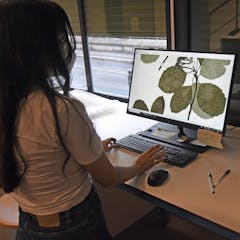
The colonial era profoundly shaped natural history museums and collections. Herbaria, which are scientists’ main source of plant specimens from around the world, are no exception.
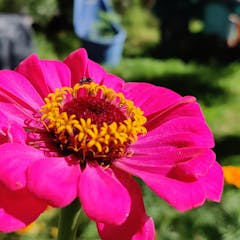
New research suggests insects have pollinated flowers since the pollen-bearing blooms first evolved more than 140 million years ago.
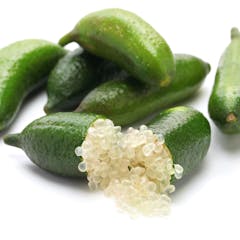
Whether riding on the feathers of birds or evolving on Gondwana, Australia’s plants got here in very different ways
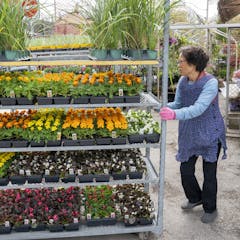
As we approach the start of gardening season, it’s a good time to ask some questions about what to plant and who gets to plant.

An expert’s tips on how to keep your indoor plants looking their best.
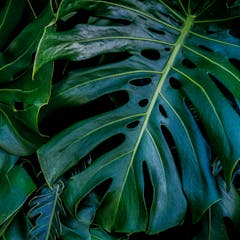
The large, iconic leaves of monstera can now be found everywhere in popular culture – from fabric prints and earrings to tattoos and mugs. What makes monstera special and how do you keep one healthy?
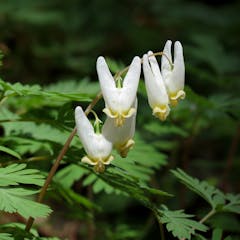
Many beloved wildflowers bloom in early spring, while trees are still bare and the flowers have access to sunlight. Climate change is throwing trees and wildflowers out of sync.

They’re beautiful in bloom, but Callery pear trees crowd out native plants and turn productive open land into woody thickets.

New research finds that some common houseplants take in nutrients from outside the soil.
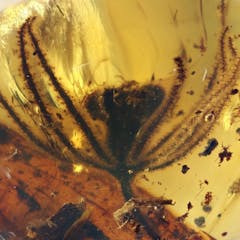
Millions of years before dinosaur footsteps first set tremors through the Earth, this flowering plant family was already thriving – and you can still find them in gardens today.
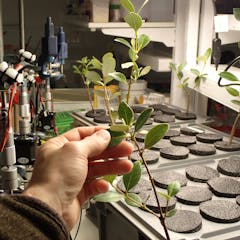
Carefully squeezing plant leaves can reveal how much water they contain – and touch could reveal many other hard-to-measure properties of plants.
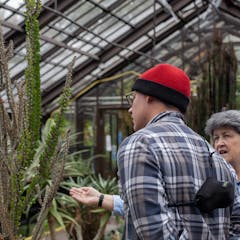
Botany is disappearing from university modules in the UK.
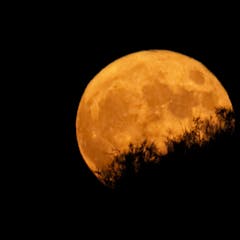
Take note, future colonisers: you may be able to grow stuff in certain places on the Moon.
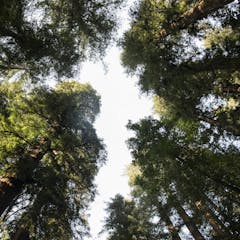
New research shows that coast redwood trees have a surprising adaptation that helps them thrive in both wet and dry environments.
